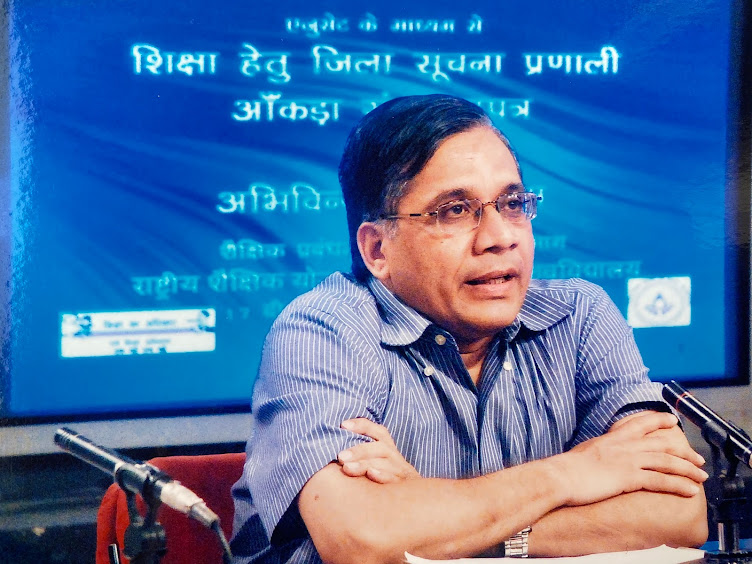Education in Economic Survey 2022-23
(ES 2022-23)
Following the practice of presenting the economic status of the Country, the Finance Minister, Ms. Nirmala Sitharaman, tabled the Economic Survey 2022-23 in the Parliament of India on 31st January 2023, following which she will present the Union Budget 2023-24 on 1st February 2023.
Like the previous Economic Surveys, emphasis has been laid down on Social Sector, including the Education Sector, which is in the limelight because of the recommendations of the New Education Policy (NEP) 2020; many recommendations of NEP 2020 are in the process of the implementation though the ongoing programs of the Government of India, such as Samagra Shiksha Abhiyan Scheme/Abhiyan which the Department of School Education and Literacy of the Ministry of Education is implementing.
One of the significant recommendations of NEP 2020 is to explore the possibility of having expenditure on education 6 percent of the GDP, which has been recommended by many Committees and Commissions in the past but still to see around 6 percent of the Gross Domestic Product. The Economic Survey presented details of expenditure on Social Services expenditure during the period 2015-16 to 2020-21 on an Actual Basis and also for the period 2021-22 (Revised Estimates) and 2022-23(Budgeted Estimates). Education and Health Sectors are important Social Sector Services, details of which are presented in the ES 2022-23.
Expenditure on Social Services is also presented as a percentage of GDP which reveals that India is still far away from an expenditure of 6 percent of GDP on the Education Sector. In fact, the entire social sector has 8.3 percent expenditure of GDP in 2022-23 (Budgeted), to which the share of education is 2,9 percent, and that of the Health Sector, 2.1 percent.
Can we expect a boost to the education sector in the Annual Budget of 2023-24, which will be presented on 1st February 2023 in Parliament? With General Election approaching fast in 2024, chances of a significant increase in the education sector as it seems is bleak.
If we see the percentage of the Social Services Sector to GDP, the same has increased from 6.6 percent in 2015-16 to 7.5 percent in 2020-21 and to 8.2 percent in 2021-22 (Revised Estimates) and further to 8.2 percent in 2022-23 (Budgeted Estimates). But no change is observed in the expenditure on education to GDP, which remained stagnant during the period 2015-16 to 2022-23 and hovering around 2.8 percent, far below the envisaged 6 percent. In 2022-23, on budgeted estimates, education was only 2.9 percent of the GDP.
The only satisfactory point is that within the Social Services Sector, education used to get the lion’s shares; its contribution was 9.5 percent of the total expenditure, 26.6 percent of expenditure on the social services sector in 2022-23.
It may, however, be recalled that the share of expenditure on education has declined from a high of 10.4 percent in 2015-16 to the present 9.5 percent. But in absolute terms, expenditure on education increased from 3,91,881 crores in 2015-16 to 7,57,138 Crores (Budgeted), thus showing an increase of 3,65,257 crores in absolute terms and 93.21 in percentage terms. However, it would be of interest to see actual expenditure on education in 2022-23 (not budgeted) when the same will be placed on the table of the Parliament as part of the Union Budget 2023-24; there used be a gap between the two in the past.
The Economic Survey (ES 2022-23) presented detailed in terms of the number of Educational Institutions: Both Schools and Higher Education Institutions which is based on UDISEPlus (2021-22) and AISHE (2020-21), both of which are the latest but outdated. Even information on school and higher education are not of the same years. In addition, ES 2022-23 also presented Literacy Rates during the period 1951 to 2011.





